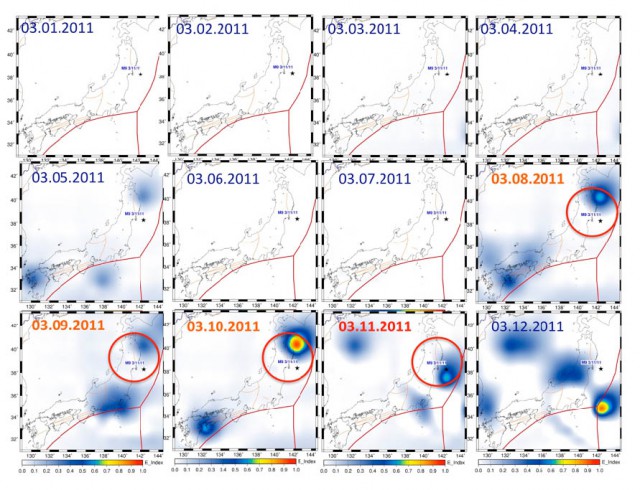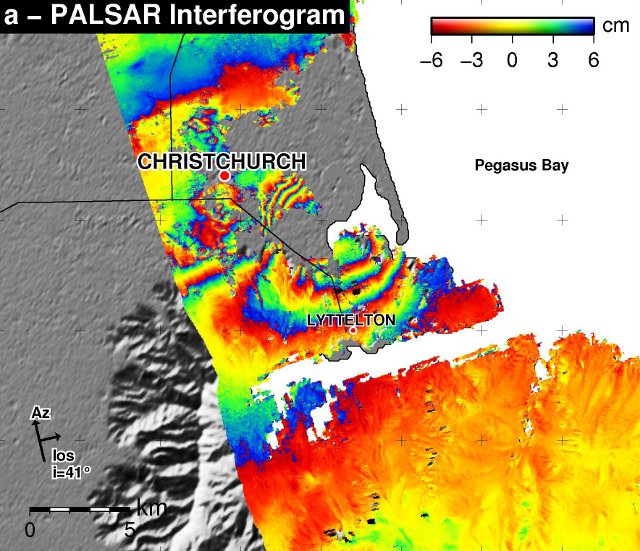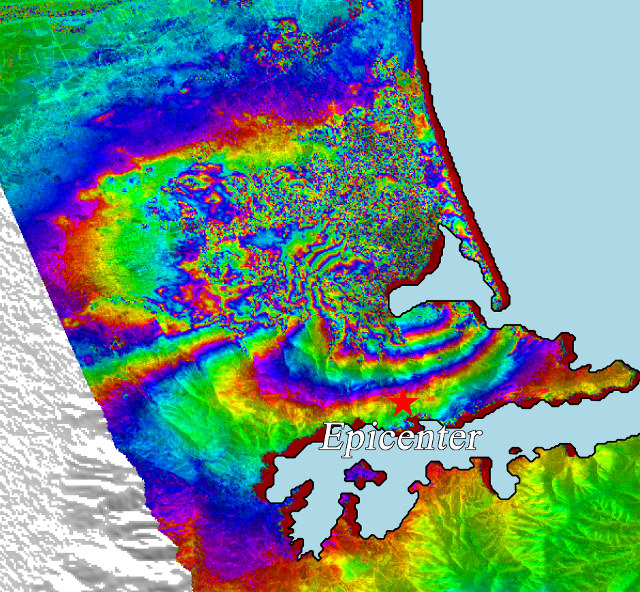Metamaterial cloaking, the idea of hiding an object using special materials, has become a popular area of research in recent years. Optical cloaks attempt to hide objects from visible light, thus making them invisible. Audible cloaks attempt to hide objects from sound waves, thus making them undetectable by (for example) sonar. Attempts at cloaking also exist for other waves; for example trying to make objects invisible to radar, which has obvious military applications.
If cloaking can work for electromagnetic and sound waves then it may also be possible to make it work for seismic earthquake waves.

The metamaterials used in cloaking have negative refractive indices and so waves do not travel through them in the normal way. All metamaterial cloaking methods work by bending waves around an object and returning them to their original paths, so that it appears that the object was never there. If the same thing could be made to happen for seismic waves around a building, then it could completely isolate the building from the seismic waves’ destructive effects.
In February of this year Sang-Hoon Kim of Mokpo National Maritime University in South Korea and Mukunda Das of the Australian National University in Canberra proposed* a way of doing this. Their method involves creating sixty metre-wide “shells” of specially constructed concrete pillars in the ground around a building, and unlike previously suggested methods doesn’t involve aiming or deflecting the waves at other buildings in the area. They suggest that their method would be able to absorb the energy of the earthquake waves, essentially stopping the waves in their tracks by transferring their energy into sound and thermal energy. A later paper†, by the same authors suggests using a similar method to create an artificial “shadow zone” in which the earthquake waves are not felt.
* Sang-Hoon Kim and Mukunda P. Das, “Seismic Waveguide of Metamaterials”, arXiv:1202.1586.
† Sang-Hoon Kim and Mukunda P. Das, “Artificial Seismic Shadow Zone Created by Metamaterials”, arXiv:1210.5589.
Thanks to KS for the inspiration for this post.

 The
The 